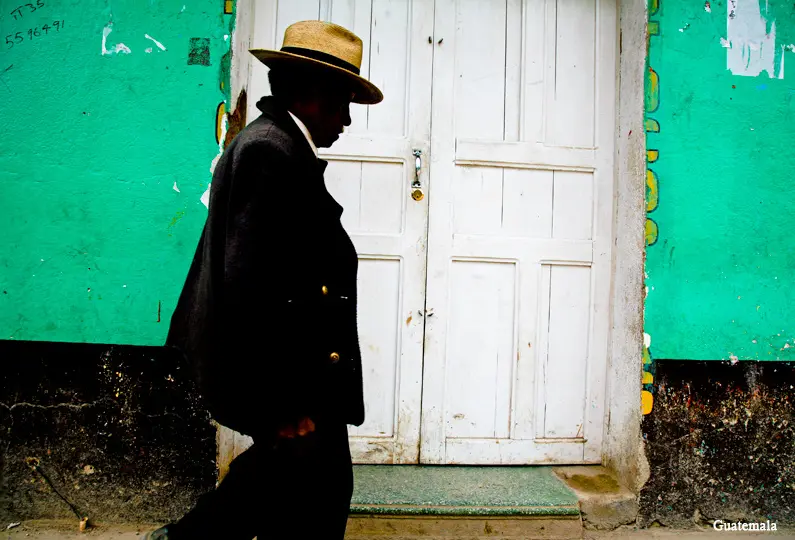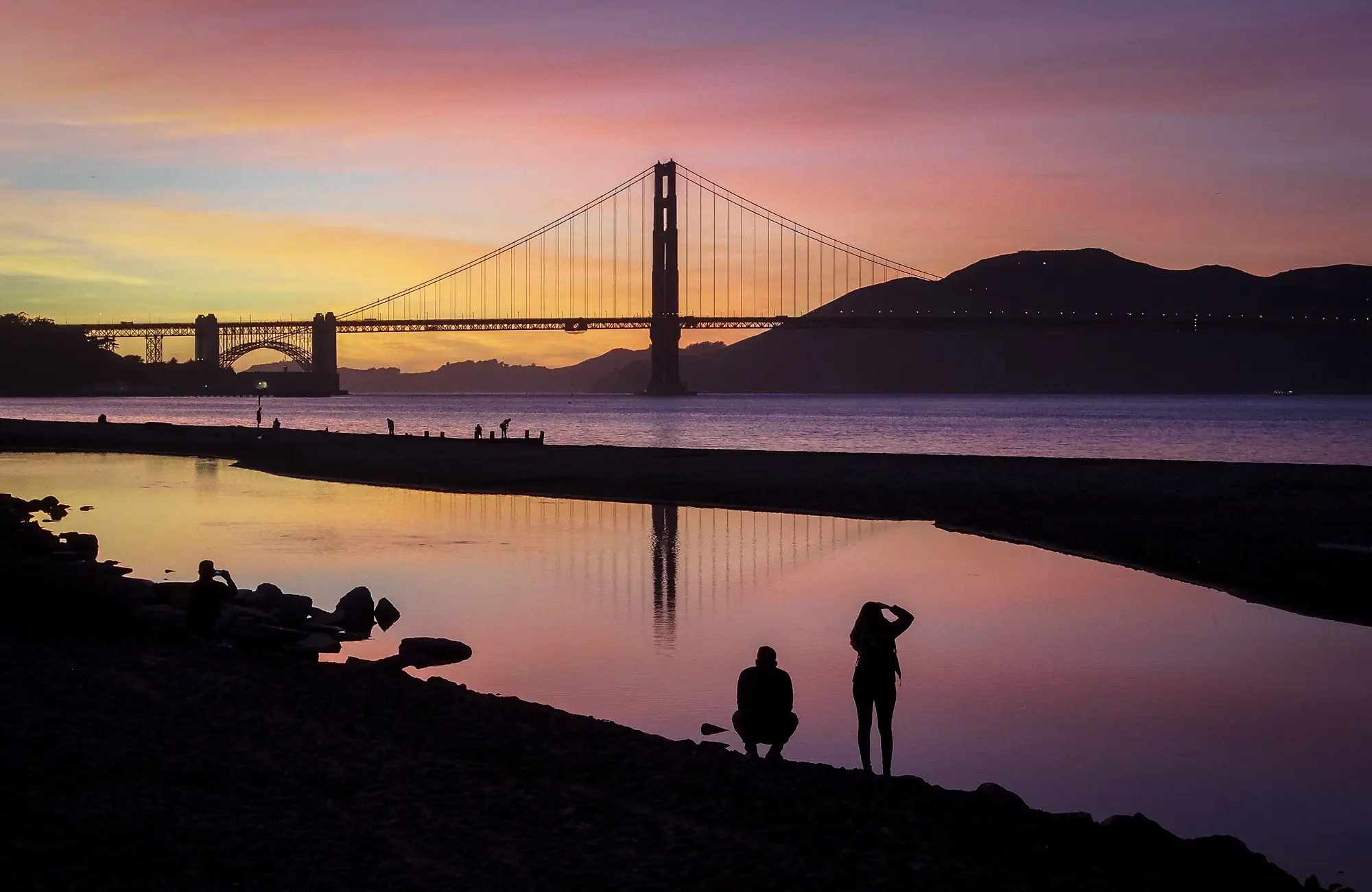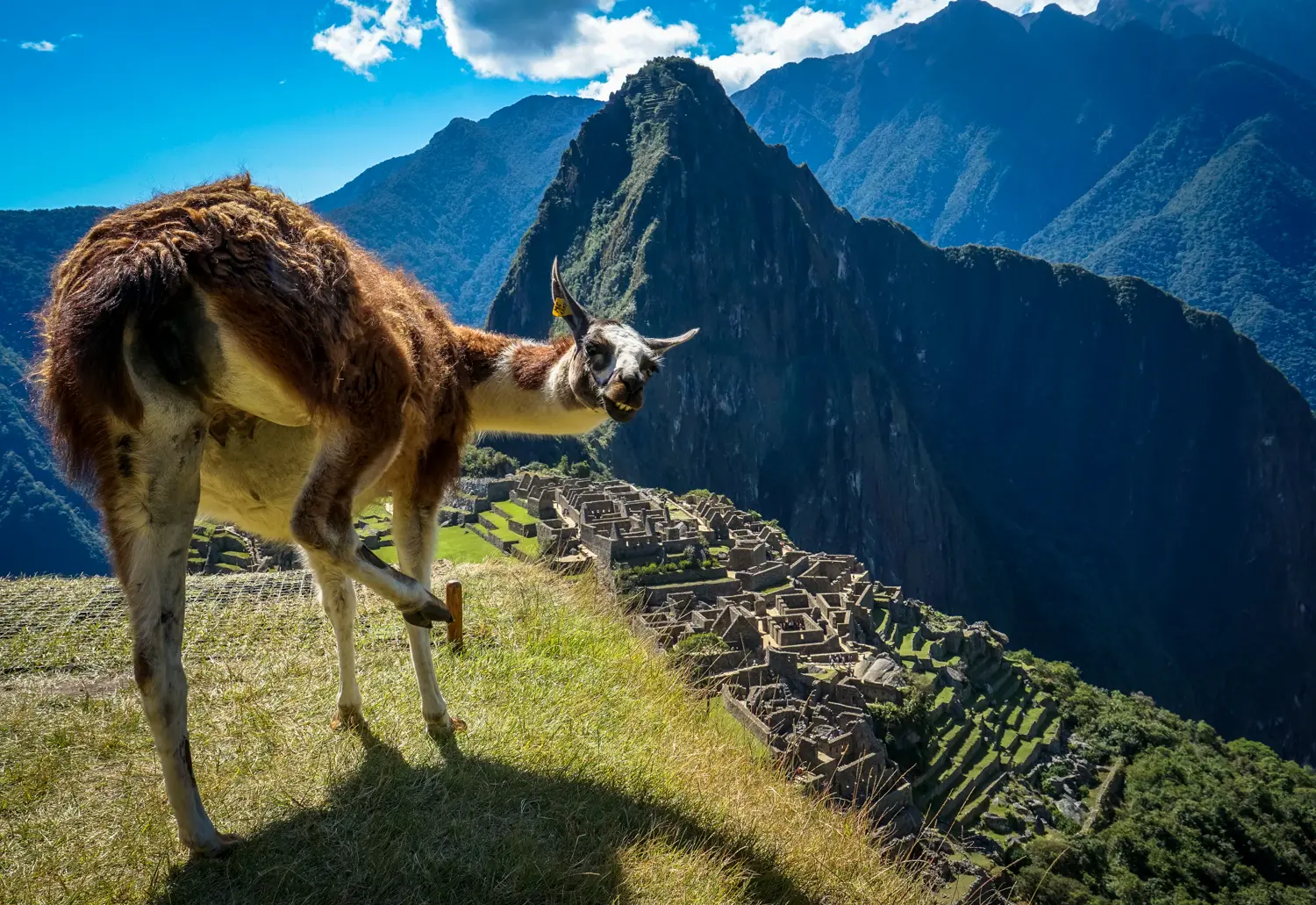Photos by Eugene Reshetov
One of the most popular photography genre, travel photography is raison d’etre for travelling for many of us. After all, when we travel, we naturally want to share our experiences, and yes, perhaps even brag a little bit about them, through all those Instagram and Facebook posts depicting all the beautiful places we visit.
On top of that, what could be a better time to use for your brand new camera or a smart phone with a gazillion megapixels than an interesting trip somewhere where you can feel like a real shutterbug? And so, we travel, and we click away, flooding the Internet with terabytes of our footage of beach sunsets, famous monuments or mouth-watering meals.
And to many, that’s enough to be called “travel photography”. But what is the essence of the genre? What makes a travel photo truly interesting and timeless other than to your friends and family? Well, let me give you my strictly subjective definition.
People, People, People
First of all, my favourite travel photographs almost always include people. I am not the one looking and waiting for a clear view of this or that sight. I believe that people, even if they are just tourists, add the sense of a location better than any static landscape or urban shot devoid of life. In essence, I apply the same philosophy here as to street photography, but more about that later.

Natural Composition
Secondly, my kind of travel photography is never posed. Well, almost never, because a travel portrait is a legitimate subgenre of travel photography, and portraits are often posed. Not in a studio, of course, so there is an element of spontaneity in an environmental or street portrait. But the overall, best travel photos are shot naturally, with moments created from patiently waiting or being at the right place at the right time. Yes, I am aware of a some highly commercially successful “travel photographers” who make their subjects hold poses, make pensive faces, walk in sync, pretend to be “one” with animals, etc. Sometimes they bring an entourage of models and lighting assistants with them to a location. I am sure that sells, but that’s not travel photography to me, that’s just staged shots that can be replicated just about anywhere.

Avoid Clichés
Thirdly, travel photography is not about clichés images of famous landmarks. I all for including them, but I prefer the angles or vantage points to be at least a bit creative. And yes, inclusion of people or animals often helps to achieve that. Sometimes, a creative reflection or taking advantage of light conditions can do the trick as well.

Combine it Together
Finally, you might wonder, how does all of the above differentiate travel photography from landscape or street genres? Well, there is a certain distinction, namely – a good travel photograph conveys a solid sense of place where it was taken. And representation of that very place should ultimately be the primary purpose of a travel pic. If I look at a picture of a beautifully dressed Indian woman next to Taj Mahal, I know exactly where it is, even though her picture next to any other marble wall would be a great image, too, but in a different genre – street portrait, perhaps.

If all of that sounds like very fine lines between different kinds of photography, it’s fine, because travel theme is a sort of a composite genre in photography, often combining the best of landscape, street, portrait or even abstract. Just always ask yourself – will people recognize where your image was taken and will they appreciate your angle on it. I know I do.
With all that in mind, I would like to plug in a little bit of a self-advertisement. I have recently started offering my photos for sale on several artwork websites. One of them is Fine Art America, and you can see and browse my page on it here. I upload lots of full-sized photographic files there from many of my trips throughout the years.
I would appreciate your visit.
